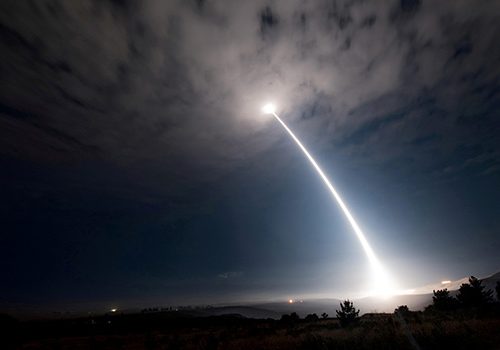Events
All Content
James Hasik was a nonresident senior fellow at the Scowcroft Center for Strategy and Security at the Atlantic Council.
Over the past sixteen years, his advisory work has assisted defense contractors and defense ministries with their problems in business strategy, planning, and policy analysis. He has undertaken over fifty discrete advisory projects in sectors spanning armored vehicles, shipbuilding, armaments, ammunition, precision munitions, and training & simulation. His engagements have functionally included operations analysis, supply chain analysis, marketing, product development, competitive analysis, facilities management, portfolio strategy, business forecasting, privatization planning, organizational design, merger due diligence, and antitrust analysis.
Hasik previously worked as senior consultant at Booz & Company, a senior defense consultant at Charles River Associates, a procurement consultant at IBM, a logistician at Accenture, and a weapon systems analyst at ANSER. He began his career as a shipboard officer in the US Navy.
Hasik is the author Arms and Innovation: Entrepreneurship and Alliances in the Twenty-First Century Defense Industry (University of Chicago Press, 2008), and the co-author of Precision Revolution: GPS and the Future of Aerial Warfighting (Naval Institute Press, 2002). He has authored a further five book chapters. His research has also been published in RUSI Journal, Defense and Security Analysis, Joint Force Quarterly, Small Wars and Insurgencies, Contemporary Security Policy, Defense Acquisition Research Journal, and Proceedings of the US Naval Institute.
Hasik earned his BA in history and physics at Duke University, his MBA in business economics at the University of Chicago, and his PhD in public policy at the University of Texas at Austin. His dissertation, MRAP: Marketing Military Innovation, investigated the processes by which Coalition ground forces came to adopt blast-resistant armored vehicles during the counterinsurgent campaigns in Iraq and Afghanistan. His research investigated the marketing strategies, supply chains, political relationships, and manufacturing strategies of every significant armored vehicle manufacturer in North America, Western Europe, South Africa, and Australia.


